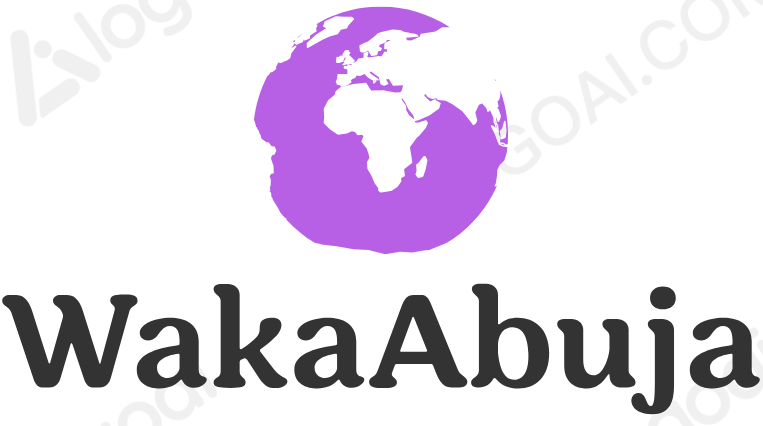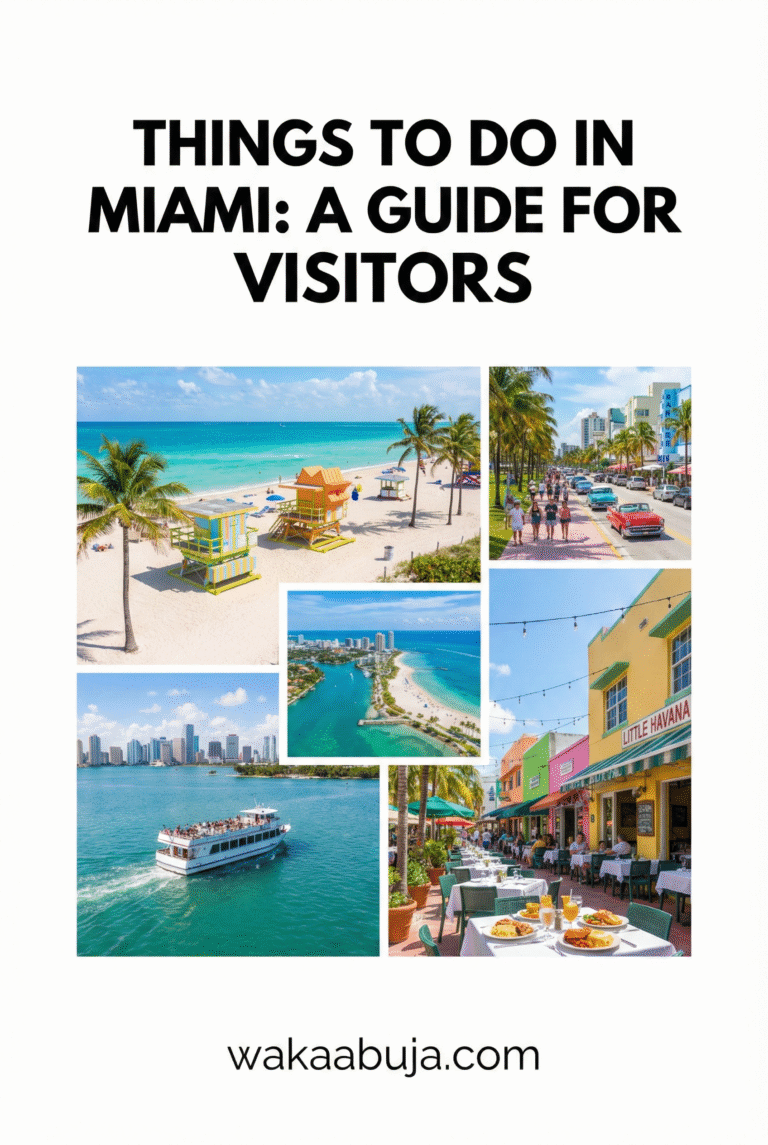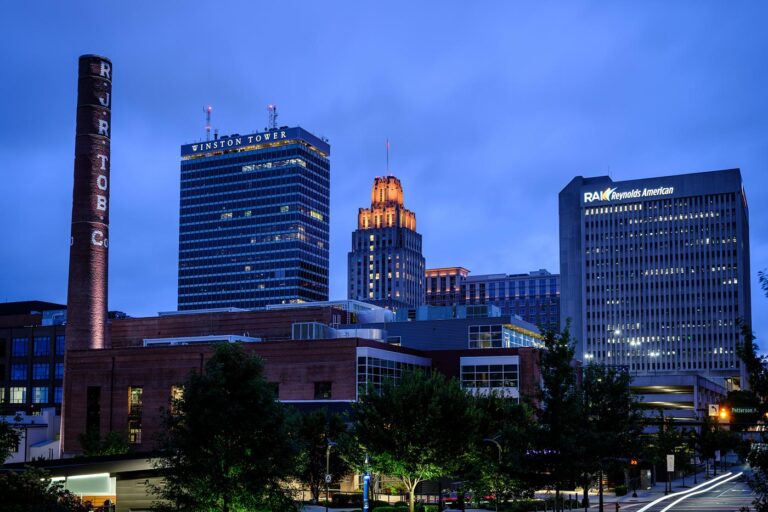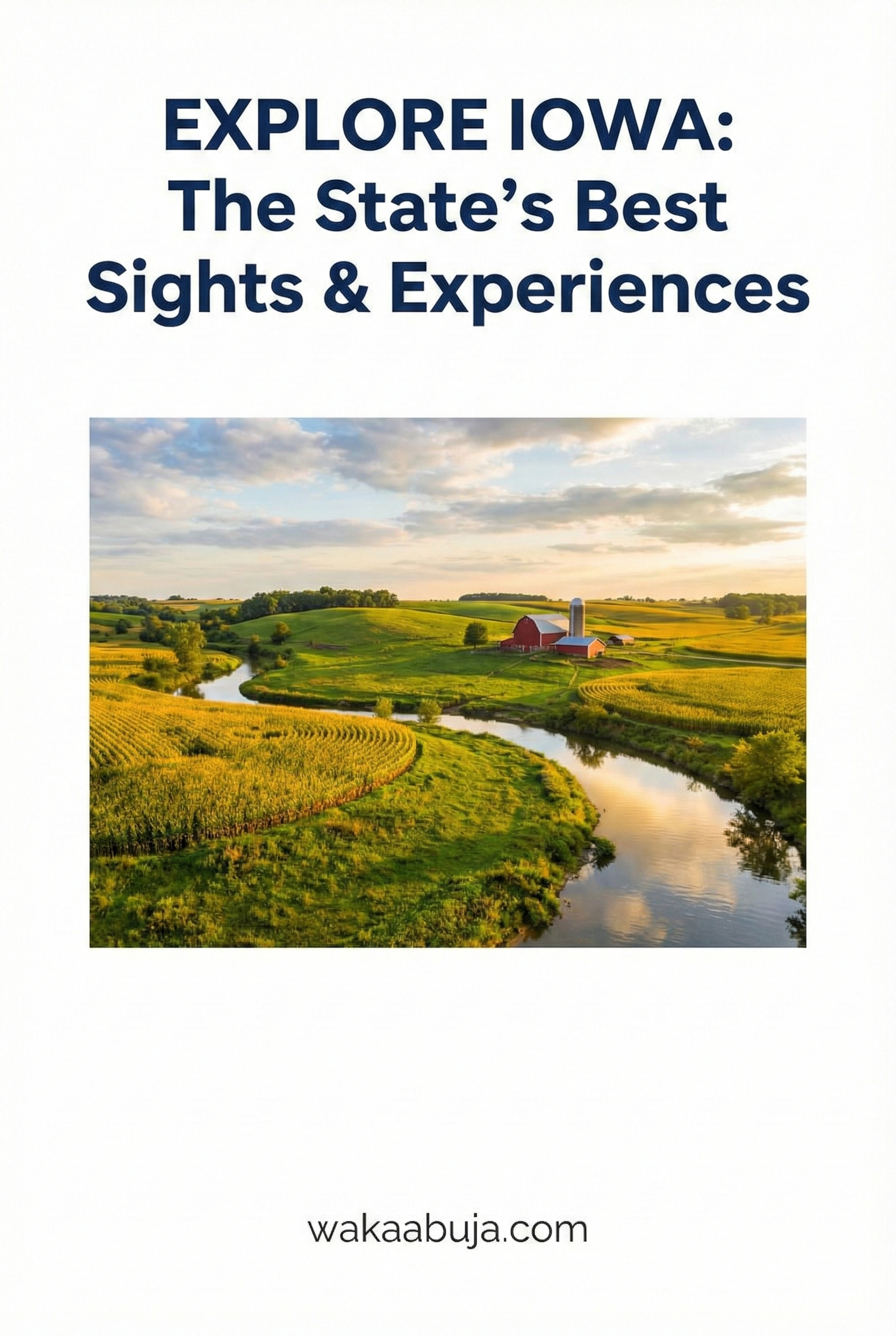This guide helps you plan your trip with detailed recommendations on where to stay, what to do, and how to get around while maximizing your experience and budget.
Why Visit Pakistan?
Pakistan offers an unparalleled blend of stunning natural landscapes, rich history, vibrant culture, and warm hospitality. From the breathtaking valleys of Hunza to the architectural marvels of Lahore, Pakistan is a treasure trove for travelers seeking authentic experiences away from the usual crowds.
Despite past misconceptions, it is increasingly accessible, safe for careful travelers, and affordable, making it an emerging hotspot on the global travel map.
Top 11 Places to Visit in Pakistan with Personal Insights
Hunza Valley: Nature’s Majestic Jewel
Hunza Valley is where I first felt the magic of Pakistan — breathtaking mountain peaks, friendly mountain communities, and a serene vibe unlike anywhere else. Its towering peaks like Rakaposhi and Ultar Sar create a panoramic backdrop perfect for trekking, photography, and cultural immersion. Don’t miss Baltit and Altit Forts, which offer fascinating historical insights.
Must-Do: Trekking to Eagle’s Nest for sunrise views, exploring Karimabad Bazaar for local handicrafts.
Best Time to Go: April to October for pleasant weather and clear skies.
Badshahi Mosque & Lahore Fort: Iconic Mughal Heritage
Lahore is Pakistan’s cultural heartbeat, and its Mughal monuments speak volumes of a glorious past. Having visited numerous times, the grandeur of Badshahi Mosque with its intricate red sandstone detailing and the massive Lahore Fort’s blend of architecture left me spellbound.
Tip: Visit early morning to avoid crowds and enjoy peaceful exploration. Don’t miss the light-and-sound evening show at Lahore Fort.
Where to Stay: Nearby areas like Gulberg or the old city offer budget and mid-range options with easy access.
Islamabad & Faisal Mosque: Modern Beauty & Spiritual Peace
Islamabad’s modern cityscape contrasts beautifully against serene lush hills. I always find Faisal Mosque’s contemporary design awe-inspiring — it’s a must-visit spiritual landmark with peaceful surroundings ideal for reflection.
Pro Tip: Head to Daman-e-Koh viewpoint just nearby for panoramic views of Islamabad and the mosque.
Getting Around: Islamabad is easy to navigate by Uber, Careem, or rental cars.
Swat Valley: Pakistan’s Switzerland
Swat Valley is often called Pakistan’s Switzerland for its lush green valleys, rivers, and snow-capped peaks. My visits here have been rejuvenating — from Mingora’s bustling markets to Malam Jabba’s ski slopes in winter, Swat offers natural beauty and adventure year-round.
Safety: Swat is much safer now. Travel with trustworthy local guides to enrich your experience.
Karimabad & Baltit Fort: Cultural Heritage amidst Mountains
Visiting Karimabad is like stepping into a different world, rich in history and culture. Baltit Fort, perched high above the valley, showcases centuries of heritage beautifully preserved. I recommend timing your visit to coincide with local festivals for an immersive experience.
How to Get There: Accessible via road from Gilgit; hiring a local driver is the best option for comfort and safety.
Mohenjodaro: Explore the Ancient Indus Civilization
For history buffs, Mohenjodaro is a UNESCO World Heritage site revealing one of the world’s oldest urban cultures. The vast archaeological ruins tell stories over 4,000 years old. During a visit, I recommend hiring a knowledgeable guide to truly appreciate the significance of each structure.
Visitor Info: Open from 9 AM to 5 PM daily; ticket price approximately PKR 600 for foreigners.
Khunjerab National Park: High Altitude Wilderness
For adventurers, Khunjerab National Park offers high-altitude landscapes, rare wildlife like snow leopards, and the awe-inspiring Karakoram Highway crossing at Khunjerab Pass. I found it important to prepare adequately for altitude and cold conditions here.
Travel Tip: The pass is accessible May to October only; best to join an organized tour for safety and permit management.
The Kunhar River & Kaghan Valley: Serenity and Adventure
The Kunhar River serpents through Kaghan Valley, offering some of Pakistan’s most stunning natural beauty. I spent memorable days hiking and boating near Lake Saif-ul-Muluk, surrounded by towering mountains.
Best Activities: Boating on Lake Saif-ul-Muluk, exploring the Babusar Pass, and visiting the vibrant hill town of Naran.
Karakoram Highway: Epic Road Trip
The Karakoram Highway (KKH) is called the Eighth Wonder of the World—a breathtaking journey through the Himalayas connecting Pakistan to China. Driving or joining a guided tour along KKH is a highlight, with majestic mountain passes, glaciers, and remote villages.
Length of Stay: Plan at least 4-7 days to appreciate the full stretch from Islamabad to Gilgit and beyond.
Peshawar’s Old City: A Taste of Traditional Pashtun Culture
Stepping into Peshawar’s old city is a sensory-rich experience: bustling bazaars, historic Qissa Khwani Bazaar, and delicious street food. If you want to see a different side of Pakistan’s culture, spend a day or two here. I especially enjoyed relaxing in historic tea houses.
Travel Tip: Dress modestly and hire a local guide to navigate and learn the stories behind the sites.
Gilgit & Rakaposhi Base Camp: For the Mountain Enthusiast
Gilgit is the gateway to the north. From here, trekking to Rakaposhi Base Camp became one of my personal highlights—surrounded by awe-inspiring peaks and tranquil settings. Lodging options range from guesthouses in Gilgit to basic camps in the mountains.
Best Time: Summer months June to September for trekking-friendly weather.
How to Stay Safe & Practical Travel Tips
Pakistan is safe for tourists when you follow common-sense precautions and local advice. Use reputable guides and transport, avoid isolated areas after dark, and register with your embassy if needed. Emergency contacts such as police (15), ambulance (115), and rescue services are accessible in major cities.
As a traveler, I always carry local SIM cards for GPS and communication. Dress modestly respectful of cultural norms, especially in rural and conservative areas.
Where to Stay, Typical Costs & Budgeting
Pakistan caters to all budgets — from $10/night basic guesthouses to $300/night luxury hotels. Mid-range travelers can comfortably budget $50-$100 per night in cities like Lahore and Islamabad. Local meals are affordable: $2–$5 at roadside eateries, while taxis and local buses offer cheap transportation.
My personal tip: Book accommodations online in advance during peak seasons to secure good deals and locations.
Getting Around Pakistan
Transportation options include flights between major cities, reliable intercity buses, ride-sharing apps like Careem or Uber, and private car hires with drivers for remote areas. For northern mountain journeys, joining organized tours is safer and more convenient.
Ideal Travel Seasons & Length of Stay
The best time to visit Pakistan’s mountainous regions is late spring to early autumn (April to October). Plains and southern cities may be visited year-round but expect very hot summers. Typical trip lengths range from 10 to 21 days to cover multiple highlights fully.
Suggested Tours & Day Trip Ideas
Several trusted tours offer multi-day itineraries across northern Pakistan’s valleys, cultural sites, and highway routes. I recommend booking through verified operators found on travel forums or platforms with credible reviews.
Pros and Cons of Traveling in Pakistan
Pros
- Rich cultural heritage and history.
- Stunning and diverse landscapes.
- Affordability for all budgets.
- Warm, welcoming locals.
- Unique off-the-beaten-path experiences.
Cons
- Infrastructure can be variable.
- Language barriers outside urban areas.
- Security concerns require vigilance.
- Limited credit card acceptance in remote areas.
- Challenging road conditions in mountainous zones.
Frequently Asked Questions
Is Pakistan safe for tourists?
With proper precautions like traveling with reliable guides, avoiding risky areas, and staying updated on security advice, Pakistan can be safe to explore. Major tourist areas have increased security presence.
What is the best time to visit northern Pakistan?
Late spring to early autumn, from April to October, offers the best weather for mountain travel and sightseeing in Hunza, Swat, and Gilgit-Baltistan.
How much budget should I allocate for a 2-week trip?
A mid-range traveler can budget around $800 to $1500, covering accommodation, meals, transport, and entrance fees, while budget travelers can spend as little as $400 if planned carefully.
Can I use public transport in Pakistan?
Public buses and coaches run across major cities but may be crowded and less comfortable. Ride-sharing apps and private hires are more practical and popular with tourists.
What are some must-try foods while visiting?
Try the iconic biryani, chapli kebabs, nihari, fresh naan, and street snacks like samosas and pakoras for a true taste of Pakistani cuisine.
Final Tip for Travelers
Pakistan is a country full of wonders waiting to be explored with the right preparation and an open mind. Embrace the culture, respect the traditions, and enjoy every moment of your journey.




